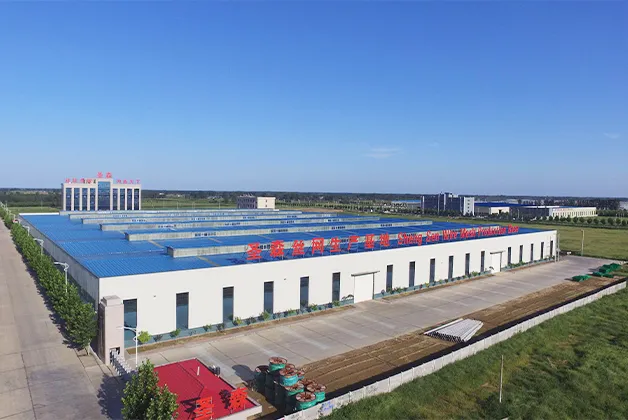-
 Phone:
Phone: -
 Email:
Email:

Understanding Baling Wire Gauge Specifications for Effective Agricultural and Industrial Applications
Understanding Baling Wire Gauge A Comprehensive Guide
Baling wire plays a crucial role in various industries, especially in waste management, recycling, and agricultural sectors. Its primary function is to bind and secure materials into compact bales, facilitating easier handling and transportation. However, when it comes to baling wire, one of the most essential considerations is gauge. Understanding the different gauges of baling wire can significantly impact efficiency and effectiveness in various applications.
What is Baling Wire Gauge?
The term gauge refers to the thickness of the wire, and it is measured using the American Wire Gauge (AWG) system or a similar metric. The lower the gauge number, the thicker the wire; conversely, a higher gauge number indicates a thinner wire. For instance, a 10-gauge baling wire is much thicker and stronger than a 16-gauge baling wire.
Importance of the Right Gauge
Choosing the appropriate baling wire gauge is essential for several reasons
1. Strength and Durability Thicker wires (lower gauge numbers) generally provide more strength and durability. This is particularly important when dealing with heavy or bulky materials, such as cardboard, plastic, or agricultural products. A stronger wire will hold the bales securely without risk of breaking.
2. Application Suitability Different applications require different wire gauges. For example, agricultural bales might necessitate a thicker wire due to the weight of hay or straw, while lighter materials like newspapers could be adequately secured with a thinner gauge wire.
3. Cost Considerations Thicker wire not only costs more but can also add to transportation weight, impacting shipping costs. Balancing cost with strength and application needs is essential when choosing baling wire.
baling wire gauge

Common Gauges of Baling Wire
Baling wire is available in various gauges, but commonly used sizes range from 9 to 16 gauge. Below are some typical applications for different gauges
- 9 to 11 Gauge These thicker wires are commonly used for heavy-duty applications, such as binding large bales of hay or scrap metal. They provide the strength needed to hold substantial weight.
- 12 to 14 Gauge This range is versatile and well-suited for various applications, such as recycling centers where both light and medium-weight materials are common. The durability of these wires allows them to withstand the rigors of multiple handling.
- 15 to 16 Gauge These thinner gauges are primarily used for lighter materials, such as household paper products or smaller agricultural bales. They are easier to handle and often more cost-effective for businesses dealing with lower-weight materials.
Final Thoughts
Selecting the right baling wire gauge is a critical decision for any operation dealing with baling processes. It affects not only the efficiency of securing materials but also influences costs and overall productivity. Businesses must assess their specific needs, consider the weight of the materials they are working with, and balance this with budgetary constraints.
In summary, understanding baling wire gauge is not just about selecting a product; it involves a strategic approach to optimize operations. Whether you’re in agriculture, recycling, or waste management, the right baling wire gauge can make a significant difference in your operational efficiency and productivity. Always take the time to research and consult with suppliers to make an informed choice that best fits your specific requirements.
-
Wire Mesh for Every Need: A Practical SolutionNewsJul.25,2025
-
Steel Fences: Durable, Secure, and Stylish OptionsNewsJul.25,2025
-
Roll Top Fencing: A Smart Solution for Safety and SecurityNewsJul.25,2025
-
Cattle Farm Fencing Solutions for Maximum SecurityNewsJul.25,2025
-
Affordable Iron Binding Wire SolutionsNewsJul.25,2025
-
Affordable Galvanized Wire SolutionsNewsJul.25,2025
-
Wire Hanger Recycling IdeasNewsJul.25,2025








